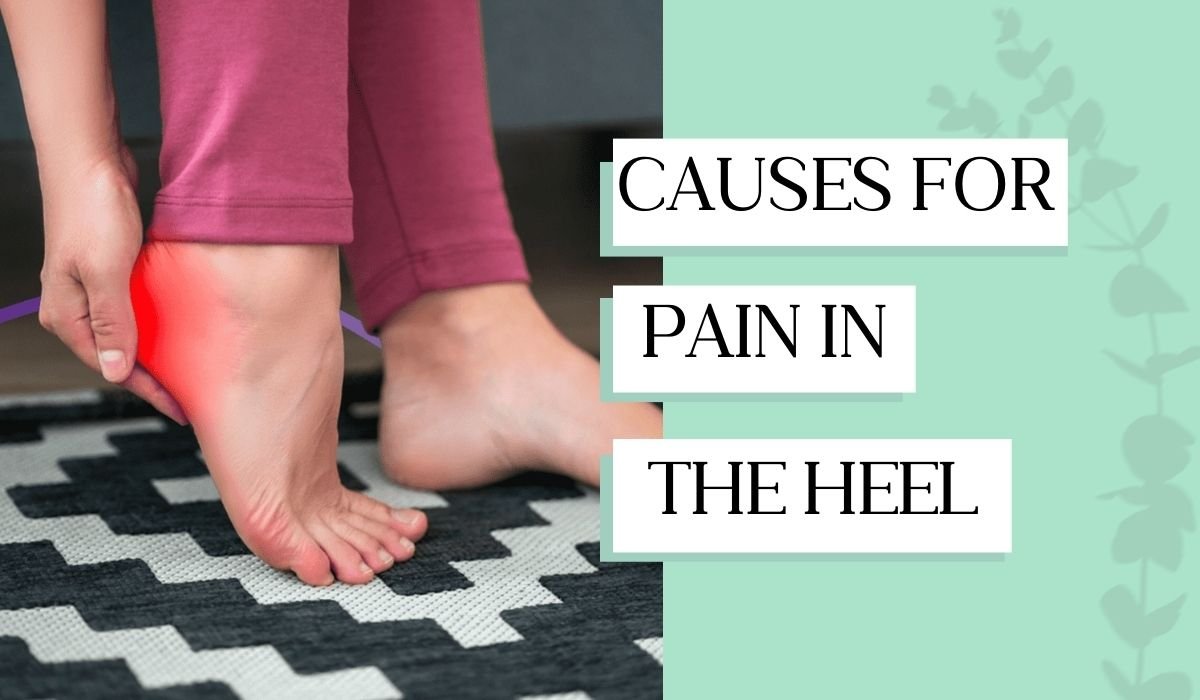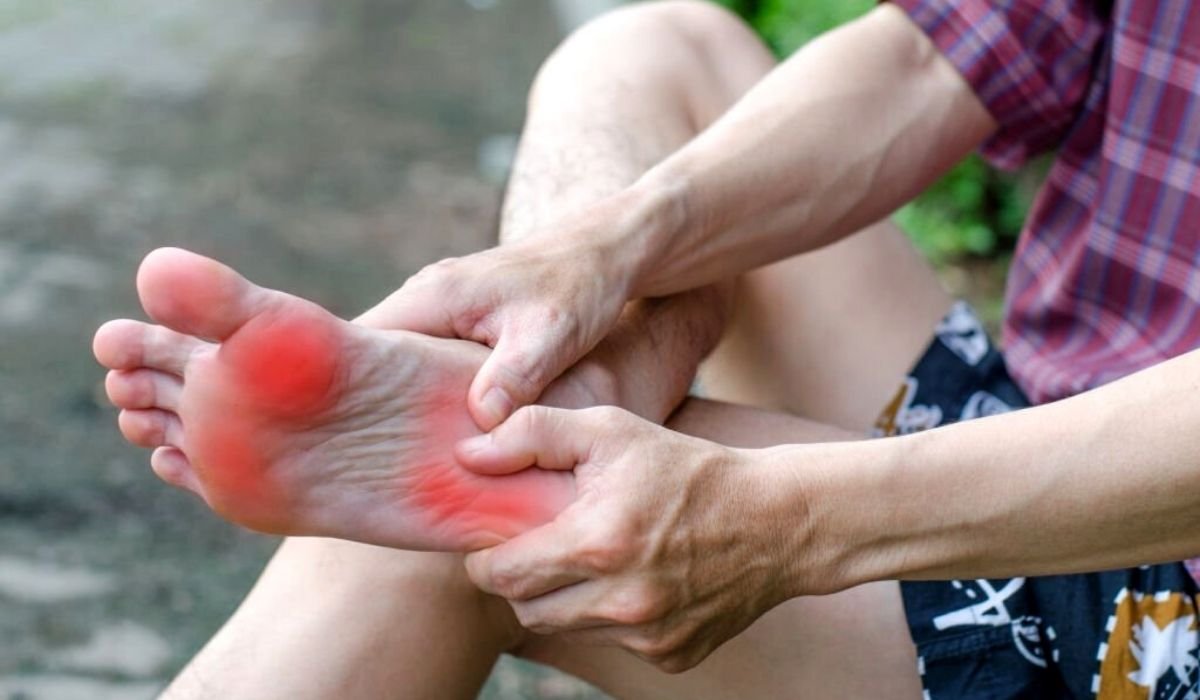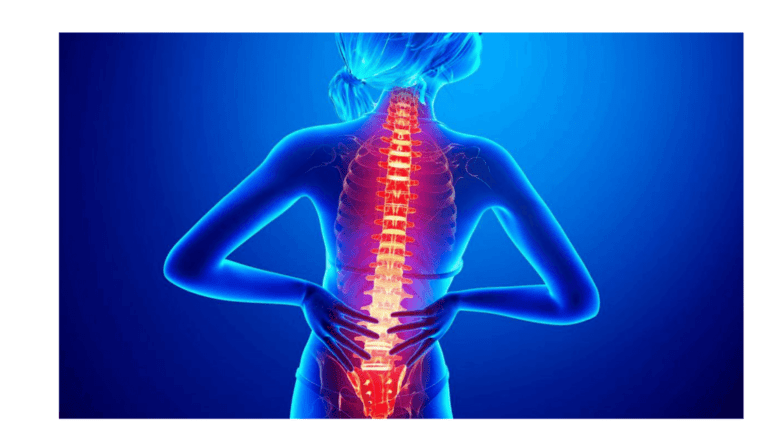Causes For Pain In The Heel: Ways To Get Rid Of It!

Heel pain is a common issue that affects the foot. It can make walking and other daily activities difficult. The pain usually occurs underneath the heel or behind the heel. Pain can also occur at the inner or outer side of the heel and foot.
The pain you feel under the heel is known as plantar fasciitis. This is a very common cause of heel pain in most people. The pain felt behind the heel is called Achilles tendinitis. Heel pain mostly resolves by itself and doesn’t require any treatment.
All you have to do is give some time for your body to heal. But sometimes it can persist and can turn into a chronic condition. In this article, we will discuss some of the major causes of heel pain.
Common Causes Of Heel Pain
Our heels are designed to carry our weight with ease. It helps us in our daily activities like walking, running, and jumping. But too much stress on the heels can cause damaged and painful heels. The pain will increase if we continue with activities with a sore heal.

It could lead to chronic conditions with additional symptoms. Heels may undergo different kinds of damage and the pain will be due to different factors. It is important to have a proper medical checkup to find out the exact cause of heel pain and treatment can begin according to the findings. Some of the common causes of heel pain are given below.
Achilles Tendinitis
This is a condition caused by the overuse injury of the Achilles tendon. This is a band of tissue that connects the calf muscles at the back of your lower leg to the heel bone.
This condition is mostly found in runners who have suddenly increased the intensity or time of their runs. It is also commonly found in middle-aged people who play sports such as tennis or basketball.
Most cases of Achilles tendinitis can be treated easily, at home under the supervision of your doctor. To prevent recurring episodes of Achilles tendinitis, you have to focus on self-care strategies. Serious cases of this condition can cause tendon tears or ruptures that require proper surgical repair.
You may feel pain in the back of your leg or above the heel after running or other sports activity. You may feel tenderness or stiffness in the morning, which usually improves with mild activity. The Achilles tendon usually weakens as one age. This can make it more susceptible to injury. The chances of injury are higher in people who participate in sports and other physical activities.
Bursitis
It can occur when the fluid-filled sacs called bursae (which is plural of bursa) swell. These sacs are found in the shoulder, elbow, hip, knee, and heel. These sacs act as cushion joints, which allow fluid movement.
When you have bursitis, you may have a tender, bruise-like feeling in the back of the heel. This condition mostly occurs after you spend a lot of time on your feet. Bursitis often occurs in the joints that frequently undergo repetitive motion.
Haglund’s Deformity
It is an abnormal condition in the foot bone and soft tissues. It happens when there is an enlargement of the bony section of your heel. This can cause the soft tissue near the back of the heel to irritated.
This can lead to a condition called bursitis. As mentioned before, bursitis is the inflammation of a fluid-filled sac between the tendon and the bone. Calcium can build up in the heel bone when the heel becomes inflamed. This can increase the size of the bump and will increase the pain. This deformity can develop in anyone.
But it is very common in those who wear stiff, closed-heel shoes. Haglund’s deformity is often caused due to frequent pressure on the back of your heels. So do not wear shoes that are too tight or stiff in the heel. Those who have a high foot arch and a tight Achilles tendon are at high risk of getting Haglund’s deformity.
Heel Spur
This is a foot condition that is caused by a bone-like growth, called a calcium deposit. This deposit extends between the heel bone and the arch. They can eventually affect other parts of your foot. They can reach up to the size of a half-inch in length.
These growths are not generally visible to the naked eye. It is a challenging task to detect heel spurs. They sometimes do not cause pain, and not all heel pain is related to spurs. Pain, inflammation, and swelling at the front of the heel are the common symptoms of the heel spur. Some heel spurs do not cause any symptoms.
You may not find any changes in the bones or soft tissues surrounding the heel. They are often discovered only with the help of X-rays. Repetitive stress on your foot can lead to heel spurs.
Plantar Fasciitis
Plantar fasciitis is a common cause of pain in the heels. Your plantar fascia ligament gets inflamed and can cause pain. Depending upon the extent of the inflammation and the cause, the condition can be treated with nonsurgical treatment.
A surgical procedure may be required in serious cases of plantar fasciitis. The lower part of the heel will be in pain due to plantar fasciitis. The plantar fascia ligaments help to connect your heel to the front of your foot. It helps to absorb shocks and support the arch of your foot, thus helping you to walk. Plantar fascia ligaments can undergo a lot of wear and tear in your daily life.
High pressure on your feet can damage or tear the ligaments. This can cause it to be inflamed and this causes heel pain and stiffness. The pain caused by this condition can be dull or sharp.
The pain is usually severe when you walk after a period of inactivity, like taking your first steps after waking up in the morning or walking after sitting or lying down for a while. Pain also increases after a prolonged period of activity. Pain is usually felt after the activity.
Heel pain is also caused by stress fractures, tarsal tunnel syndrome, arthritis, bone tumor, osteomyelitis, peripheral neuropathy, and sarcoidosis.
When you have heel pain that does not improve in a few weeks with rest or pain relievers, consult your doctor for the proper diagnosis and treatment. Take proper care to prevent it from happening again.
Dr. Elizabeth Novello
Dr. Elizabeth Novello is a distinguished healthcare professional who has dedicated her career to the specialized field of pain-related healthcare. With a deep passion for alleviating suffering and improving the quality of life for those experiencing pain, Dr. Novello has become a recognized authority in her field. Dr. Novello’s journey in the realm of pain management began with her rigorous medical training, where she developed a profound understanding of the complexities surrounding pain and its treatment.
View All By Dr. Elizabeth






